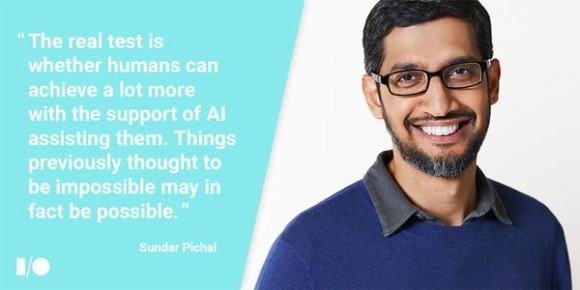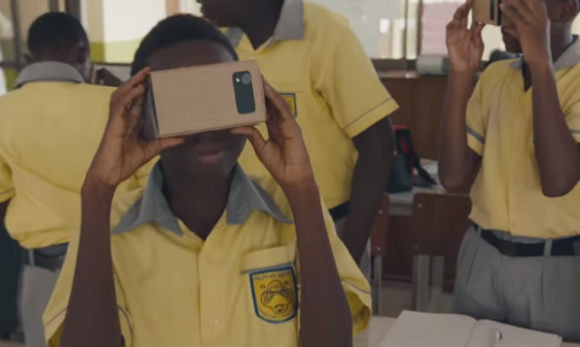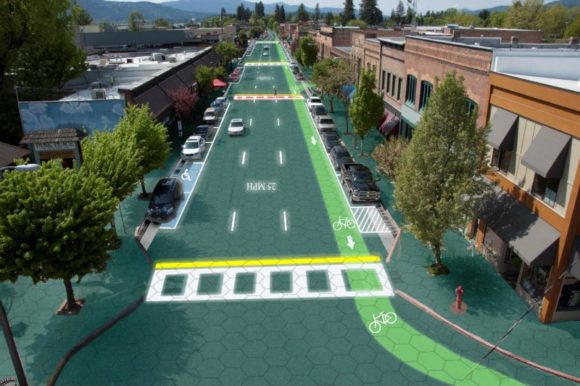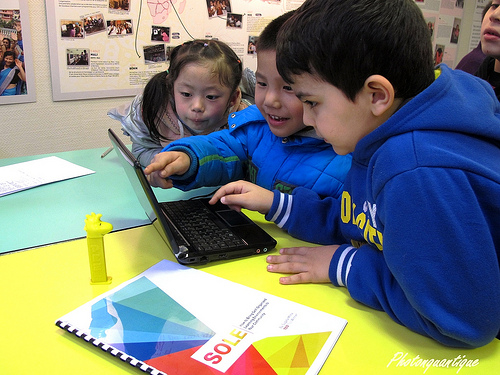I always look forward to Google’s I/O conference to see where the future of technology and innovation is headed and today, once again, didn’t disappoint. This was the 10th I/O conference for Google. This is where Google shares what it’s working on so developers know where the platform is headed… and what they see as the future of technology. The theme of […]









